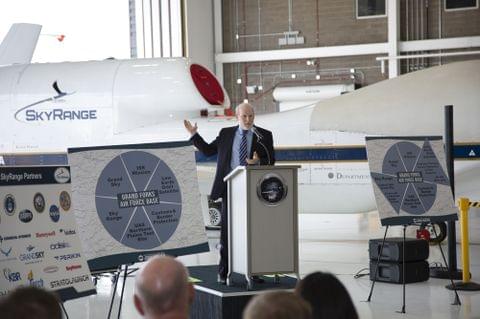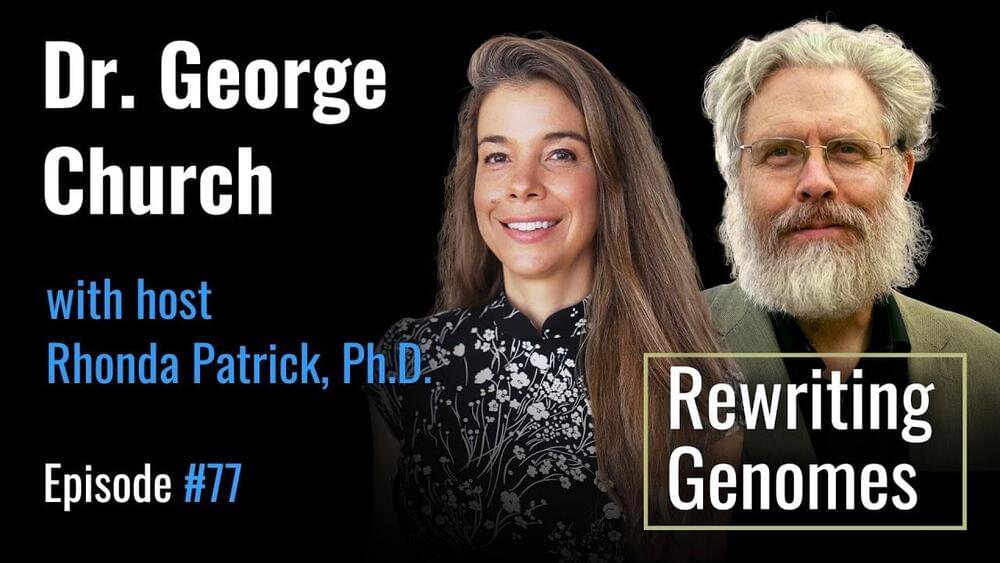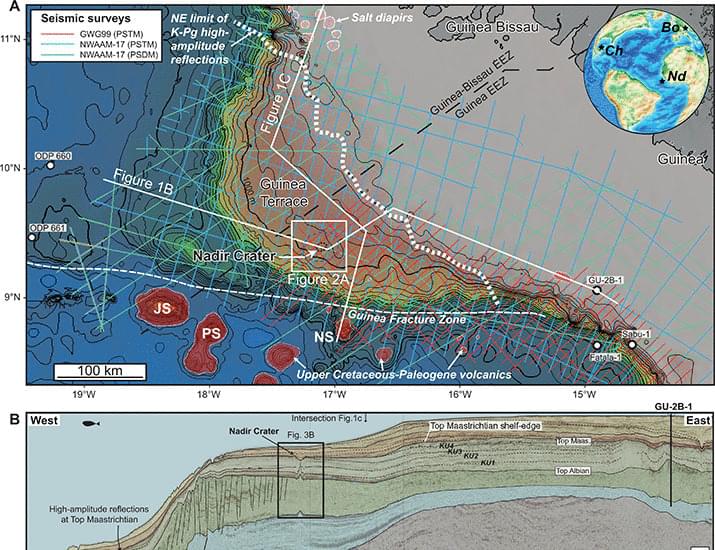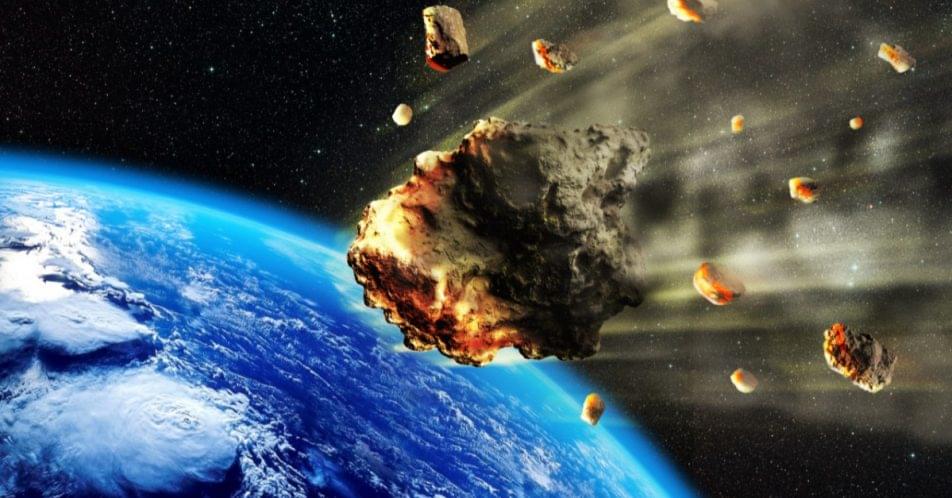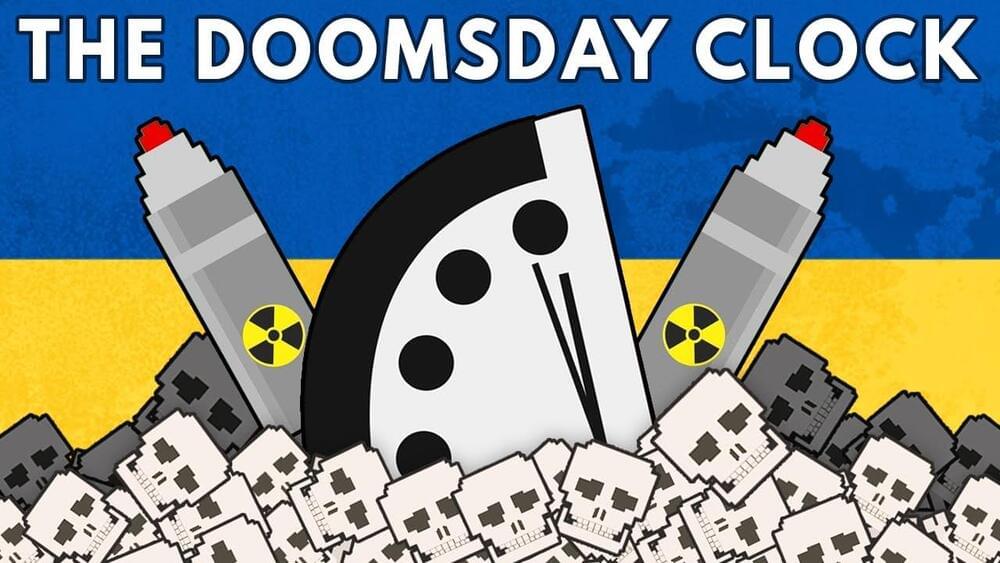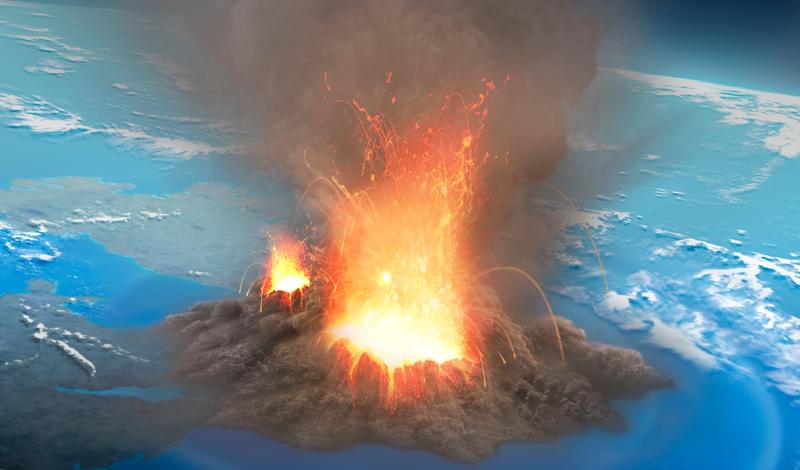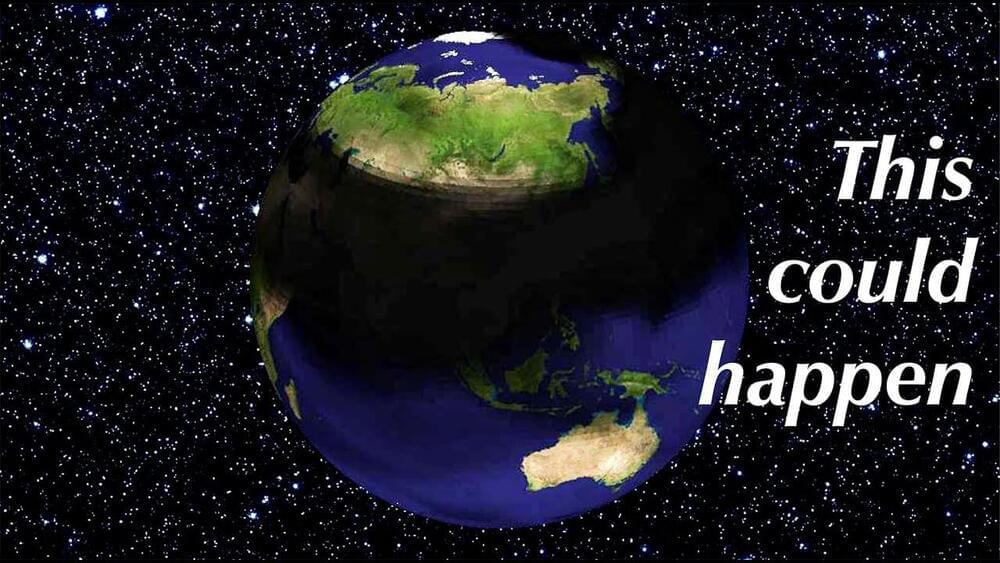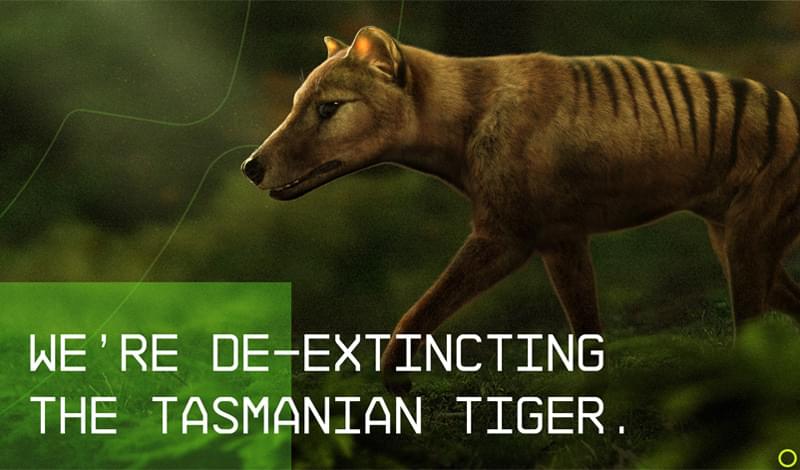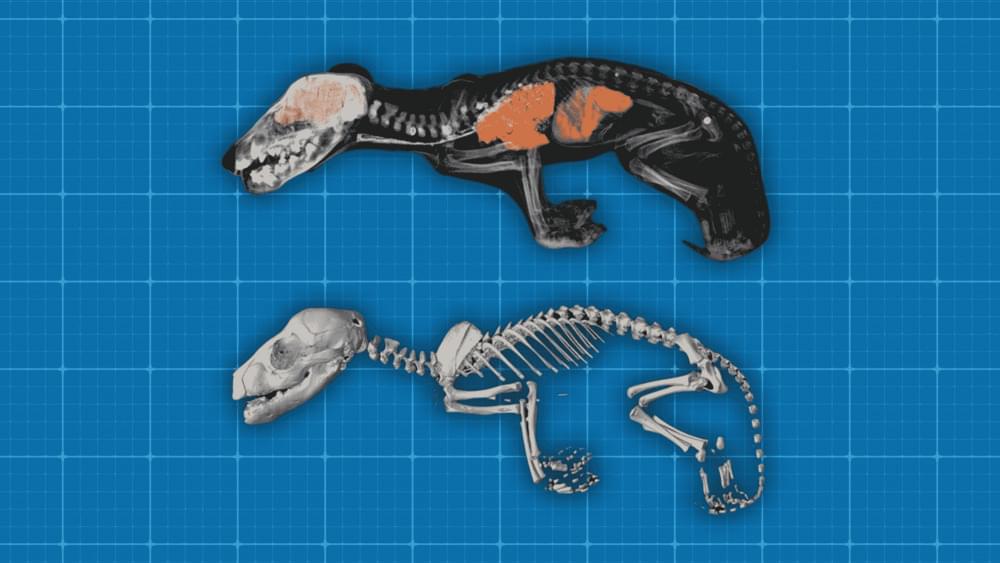Aug 30, 2022
Northrop Grumman’s RQ-4 RangeHawks Embark on New Mission
Posted by Gemechu Taye in categories: drones, existential risks, military, robotics/AI, surveillance
It will be reconfigured to meet testing needs.
The giant drone, RQ-4 RangeHawk, will soon be used to support the development of hypersonic missiles in the U.S., its manufacturer, Northrop Grumman, said in a press release.
Hypersonic missiles are the newest frontier in the weapons race, with countries like Russia and North Korea laying claims to have successfully demonstrated this technology. The U.S. hypersonic missile program has faced a few hiccups with repetitive test failures. Last month, the U.S. Air Force confirmed that its Air-launched Rapid Response Weapon (ARRW) had been successfully tested, almost after a year after similar claims from Russia.
Continue reading “Northrop Grumman’s RQ-4 RangeHawks Embark on New Mission” »
